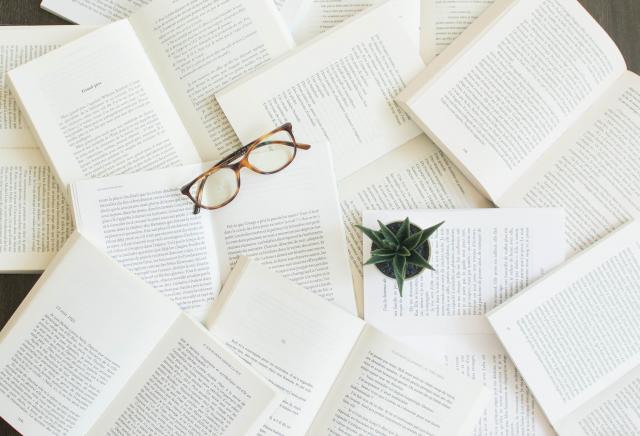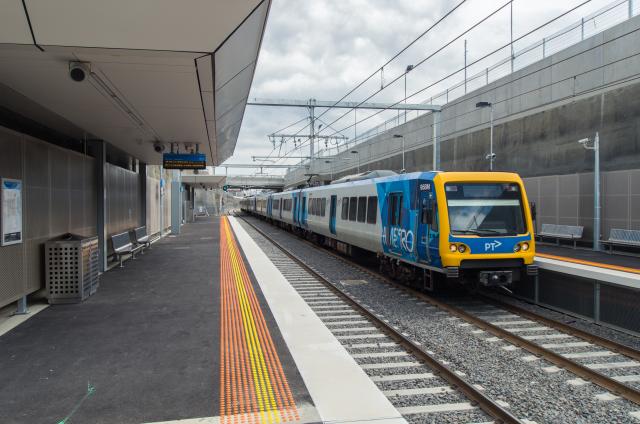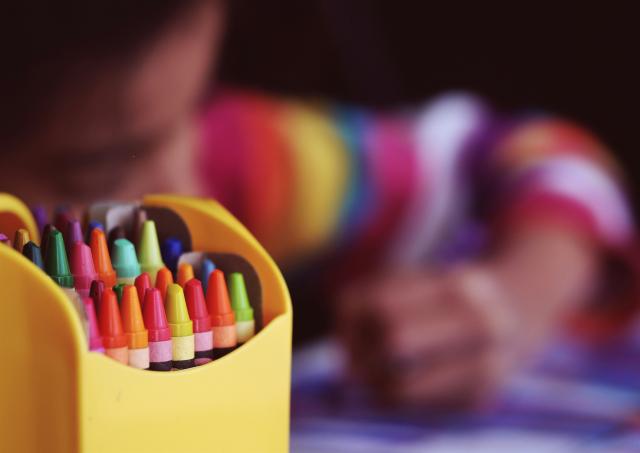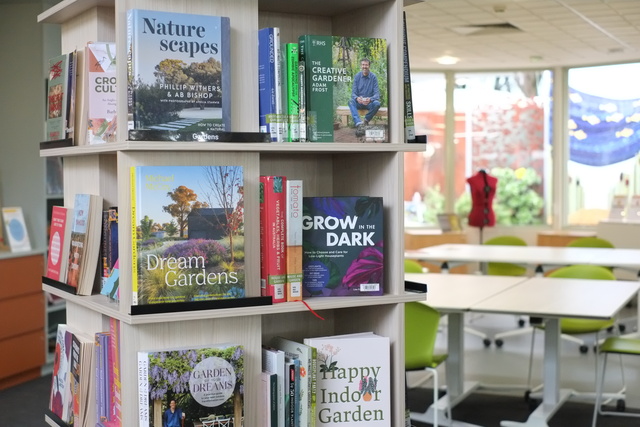In the previous two articles, we discussed the “Discovering a Good Read” report from Australia Reads, which examines reading trends among Australian secondary school students and how book-related social media are influencing their reading habits.
This article, in turn, focuses on the use of public and school libraries by teenage readers.
According to the report, nearly half (47 per cent) of those secondary schoolers surveyed used resources from public libraries in 2023.
Their main purposes for use are to “study for school”, “borrow books to read for recreation”, “borrow books or other material for school assignments”, “hang out with friends”, and “use the Internet”.
Other reasons for using public libraries include reading magazines, comics, newspapers or listening to music, attending art and craft classes, and participating in library activities.
In comparison, the report finds that school libraries are mainly used for study, with two thirds of Australian secondary students having studied at their school library.
About one third of those students surveyed have a reading session fortnightly or more often, although “schools tend to arrange library sessions primarily for younger students”, i.e. Year 7 and 8.
As for leisure reading, our teenage readers are less inclined to ask their school librarians for book recommendations, with 60% choosing not to do so.
Some students admit “they can’t be bothered”, while others say they either already have enough books to read or do not borrow books from the school library at all.
The good news is, when asked how helpful their school librarians are regarding book suggestions for leisure reading, students give them a high average score of 7.74 out of a scale of one to ten.
Perhaps unsurprisingly, younger students (aged 11-13) are more likely than their older peers (aged 16-18) to ask for reading advice from their school librarians.
The report concludes that “enhancement in library services” is one of the potential solutions in our continuous efforts to help teenagers “find books that captivate their interests and motivate them to read”.
Based on this report, Australia Reads recommends seven ways to support teen reading, and one of them is to “invest in school libraries and librarians”.
Specifically: “School libraries have a positive influence on reading behaviours – providing access, community, and recommendations for teen readers. Libraries need to be funded in schools across Australia, with dedicated and knowledgeable librarian staff, and suitable and appealing options for teenage readers.”
Furthermore, Australia Reads suggests “keeping teens engaged with the library space through their schooling may help maintain a positive and regular relationship with reading”.
Indeed, school libraries provide a safe and convenient environment for teenage readers of diverse backgrounds to talk about books and share recommendations with their peers.
Finally, those parents wanting to support teenage reading can establish positive reading habits by taking advantage of the rich and free resources offered by public libraries, thus helping to create a reading culture at home.
Make an effort to explore what teenagers are reading, and you’ll be surprised how much you can learn from them.







